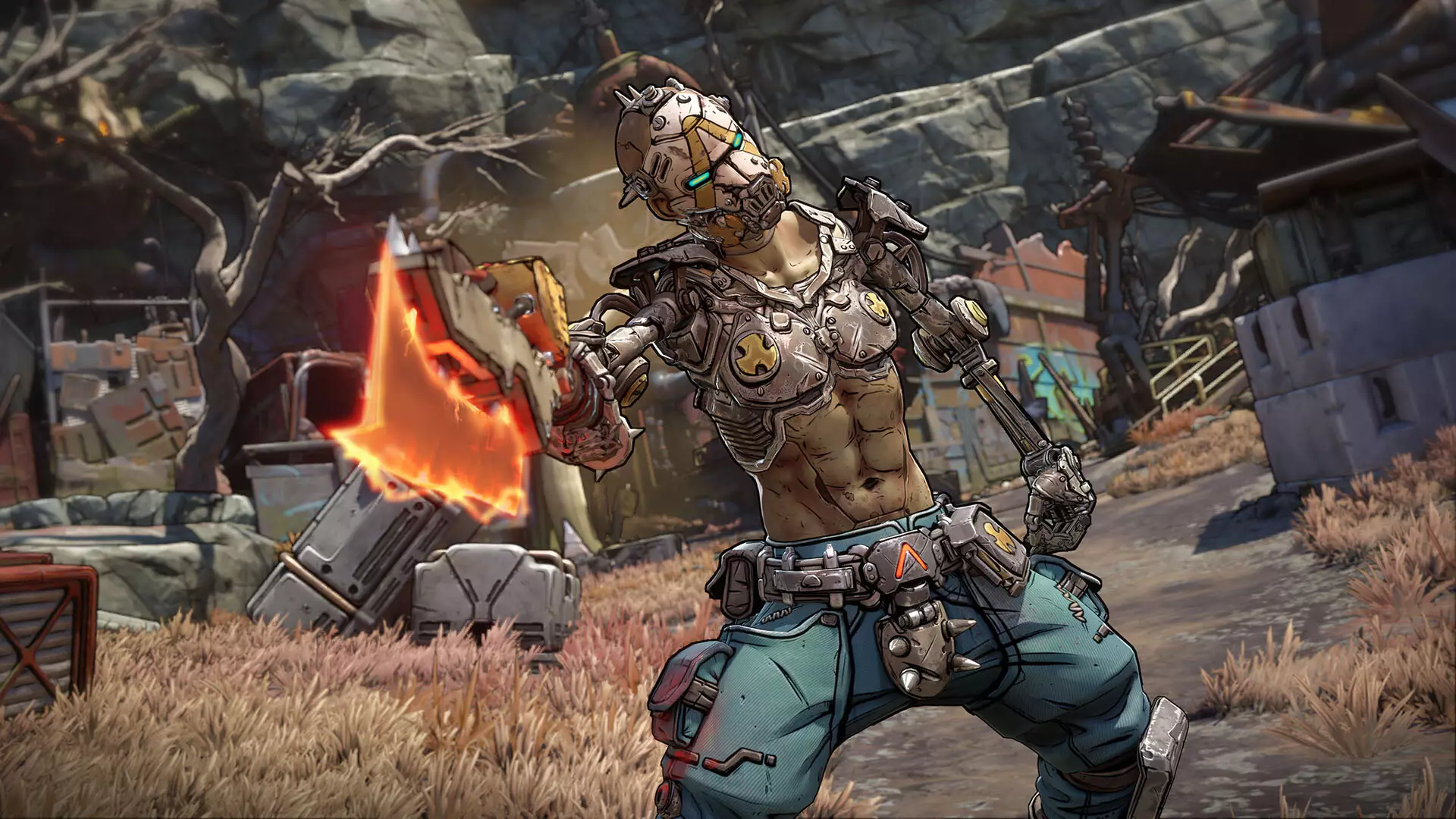In the world of video game development, where fan interaction and community sentiment play a significant role, Randy Pitchford’s recent comments regarding the pricing of Borderlands 4 raise eyebrows. The Gearbox Software CEO asserted that “real fans” should be willing to pay $80 for the upcoming title, a statement that did not sit well with many—including fellow developers and a legion of fans. This approach reflects a troubling disconnect between Pitchford and the gaming community, suggesting an alarming lack of awareness about consumer sentiment and the current market landscape.
The Fallout from Controversial Remarks
Pitchford’s comments spiraled into criticism almost instantly, with various game developers and players taking to social media to express their displeasure. Comparisons to games like Baldur’s Gate 3 show that the gaming community is far from shy when it comes to voicing dissent. Charging a premium price for a looter shooter—a genre traditionally associated with a lower price point—seems audacious at best. While some may argue that dedicated fans should support their beloved franchises without question, such assumptions remove agency from the players and disregard the economic realities of an increasingly crowded market.
Corporate Tone-Deafness
The irony in Pitchford’s assertion lies in its presumption that loyalty equates to blind acceptance of pricing. This simplified view does not align with today’s savvy consumer behavior. Gamers are now more discerning, weighing value, gameplay quality, and the competitive offerings of similar titles. Pitchford further compounded the issue with an odd reference to Devolver Digital’s Mycopunk, attempting to illustrate that consumers could buy multiple copies of that game for the price of one Borderlands 4. Such comparisons seem less about offering insight and more about deflecting criticism in a dismissive manner.
Shifting the Narrative
Attempting to backtrack, Pitchford later shared a lighthearted moment regarding an AI-generated rendition of his earlier quote. By tweeting, “Boy howdy, JackGPT, is that how I sound?” he attempted to regain some footing. However, levity in a serious situation can easily come off as insincerity. While he expressed gratitude for the fanbase’s support, the core of the message—that a high price is justified—remains dubious.
The Science of Value Perception
The crux of the issue lies in how consumers perceive value. Pricing, especially in the gaming industry, is not merely about the cost of production; it’s tied to player expectations, gameplay experience, and market conditions. The willingness to spend is influenced by perceived value—which, for many, is contingent on gameplay depth, innovation, and community feedback. While Gearbox has historically delivered entertaining experiences, questions linger about whether Borderlands 4 can meet the lofty expectations set by its predecessor.
In the end, the ongoing conversation about price points highlights a more profound challenge not just for Gearbox, but for the industry as a whole: the balance between profitability and community sentiment is delicate, and an outdated approach may alienate the very fans developers depend on for sustained success.

